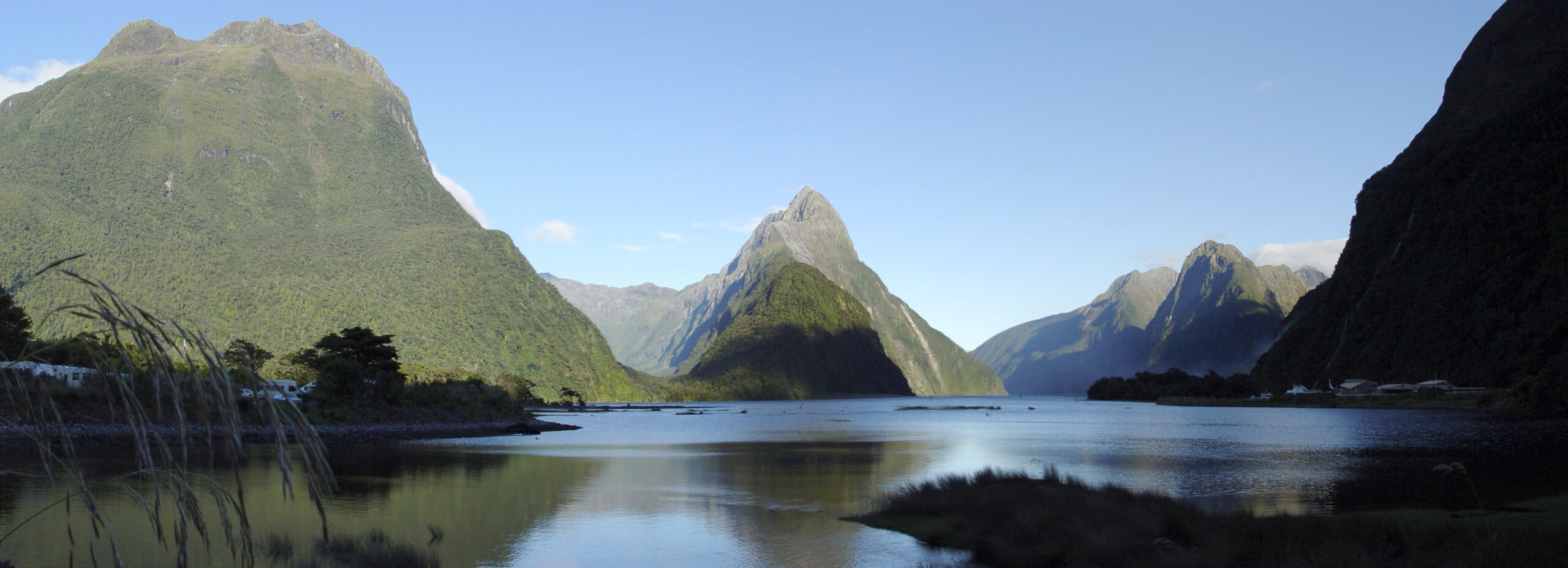In our series of experiments on the ocean, we’ve learned about Salt and Solubilities, the Density of Sea Water, and Salt Water and Buoyancy.
Now we take a look at convection within salt water.
When we discuss heat transfer, we think of the three types: conduction, convection, and radiation.
Conduction takes place between two systems in contact with each other.
Convection occurs when heat is transferred by mass motion of molecules within a fluid.
Radiation is a form of heat transfer that occurs through electromagnetic wave propagation. Usually we think of the rays of the sun as a major example of radiation.
All three types of heat transfer can be present simultaneously. As you do this experiment on convection, see if you can also identify the other two types of heat transfer.
Materials:
- food coloring
- distilled water
- salt
- freezer tray for ice cubes
- two glass jars
Procedure:
- Mix up some of the distilled water with a few drops of food coloring.
- Freeze this into cubes.
- Fill two glass jars 3/4 full with distilled water.
- Add some salt to one of the jars and label.
- Place a colored cube into each jar of water. Observe the movement of the colored water as it melts into the warmer water.
- Leave the jars undisturbed as you watch. Can you identify convection currents? Where is the colored water going? Is the colored cold water heavier or lighter than the warmer clear water? Are the jars the same? (Remember the Salt Water Density experiment..)
- Draw your jars, labeling them as to salt or fresh water.
- Write a conclusion statement about your finding. Note: Yes, the presence of food coloring has affected your experiment, but please assume a small effect, and draw your own conclusions about the relative densities of these two solutions. You can minimize the coloring effect by using a smaller amount of it.
Remember, as with all experiments, if you require your student to do a writeup, be sure to use the scientific method. Even if you do no writeup, as in the case of younger students, be sure to discuss the steps of the scientific method as you go.
Leave a comment and let us know what ocean experiments you have been doing!

